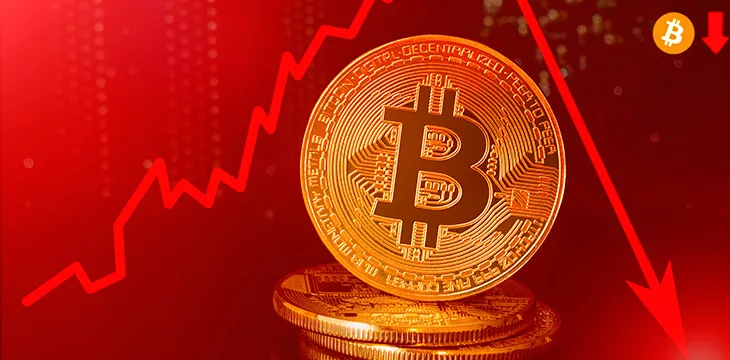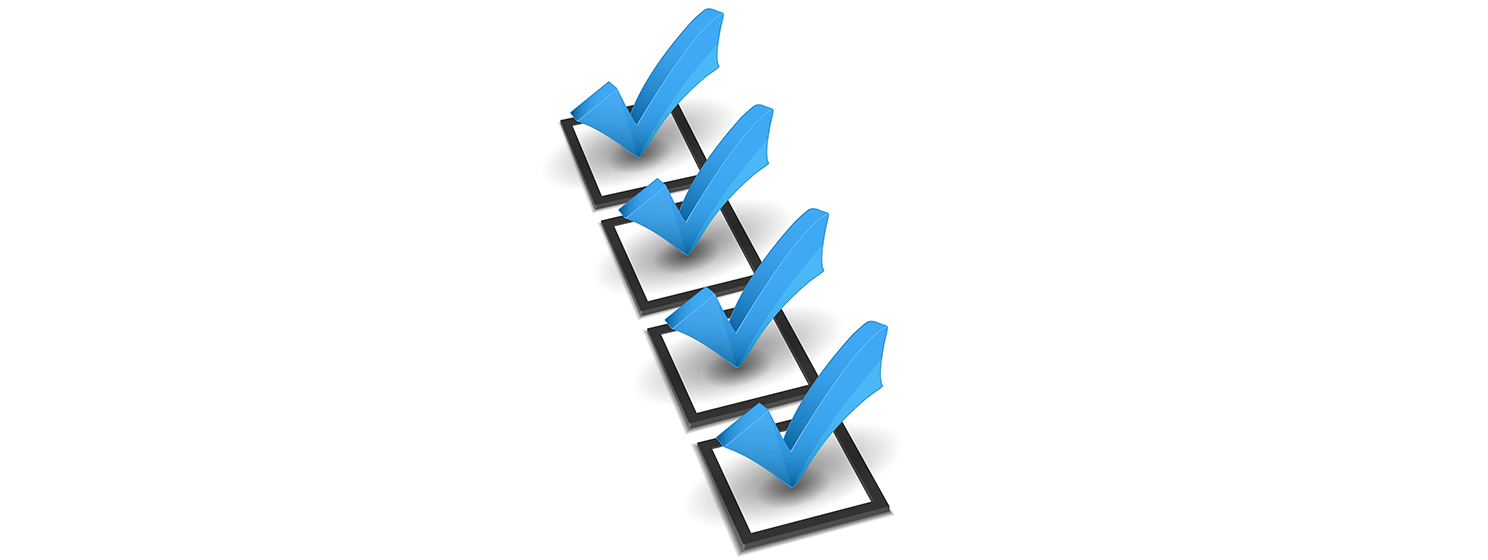|
Getting your Trinity Audio player ready...
|
The BTC token is taking a pounding due to a sudden lack of scarcity, while BTC miners are rapidly pivoting to artificial intelligence (AI) as the rewards of mining diminish.
The summer season has only just officially begun, but the BTC token is already feeling the heat, with its fiat value having fallen by around $11,000 since June 7. A perfect storm of negative events is putting a serious dent in BTC’s ‘store of value’ narrative, led by the long-awaited refunds for customers victimized by the 2011 hack of the Mt. Gox exchange.
The Japan-based Mt. Gox officially shut in February 2014 following its hack by a pair of Russian nationals, who were indicted a year ago by U.S. authorities for allegedly stealing 647,000 BTC from the poorly protected exchange. Mt. Gox customers have been awaiting the return of at least some of their stolen assets, enduring one false dawn after another.
But on June 24, the defunct exchange’s rehabilitation trustee issued a notice informing the long-suffering customers that it will “commence the repayments” in BTC and BCH via digital asset exchanges previously selected to participate in this process.
Roughly 142,000 BTC and 143,000 BCH tokens—worth around $9 billion (and falling)—that the exchange managed to claw back will be divvied up between Mt. Gox customers who submitted the required information to the trustee.
Repayments “will be made from the beginning of July 2024” and will proceed “in the order of the cryptocurrency exchanges with which the Rehabilitation Trustee will complete the exchange and confirmation of the required information.”
Given the lengthy period they’ve been forced to wait, many Mt. Gox customers are expected to immediately sell whatever BTC/BCH they receive. BCH has suffered a similar downward trajectory during this period, the irony of which won’t be lost on those who remember the false assurances of Roger Ver—the BCH proponent and indicted fraudster—that Mt. Gox’s problems were caused by those dastardly fiat bankers and not the lapses in Mt. Gox’s security protocols.
BTC had already taken a hit from last week’s news that the German government was selling chunks of the over $3 billion worth of the tokens seized from movie piracy website Movie2k.to in 2020. Analysts noted the government’s evident pessimism regarding potentially negative cost movements in BTC as contributing to its decision to sell out while the selling’s good.
Still more downward pressure came from reports that BTC block reward miners had sold over 30,000 BTC since the month began, a pace of unloading not seen in over a year. In addition to pessimism over BTC’s short-term fortunes, this spring’s ‘halving’ event left miners collecting fewer tokens for each block they added to the chain, leaving them with fewer resources with which to pay their burgeoning electricity bills.
Mamas, don’t let your babies grow up to be BTC miners
Many U.S.-based BTC miners have congregated in Texas, thanks to that state’s willingness to let miners suck its electrical grid dry, coupled with the state government’s eagerness to poke the feds any chance they get, including on fiscal policy matters.
But Texas may be rethinking its embrace of both digital asset mining and AI data centers, two energy-intensive sectors that are straining the capacity of the state’s electrical grid. Earlier this month, the state’s Lieutenant Governor Dan Patrick tweeted his concerns over reports that miners “will be responsible for over 50% of the added growth” the grid will require over the next six years.
Patrick noted that both mining and AI data centers “produce very few jobs compared to the incredible demands they place on our grid.” Patrick also expressed amazement that miners “may actually make more money selling electricity back to the grid” than from mining operations.
Concerned for the state’s ability to “service customers in their homes, apartments and normal businesses,” Patrick warned that Texas “can’t be the Wild Wild West of data centers and crypto miners crashing our grid and turning the lights off.”
The report Patrick was responding to came from the Electric Reliability Council of Texas (ERCOT), whose CEO, Pablo Vegas, testified before a Texas Senate Business and Commerce Committee hearing. Texas’s grid, which buckled several times in recent years during periods of peak demand, was previously said to require an additional 45,000 megawatts of capacity to withstand such shocks.
But Vegas said the actual increase would be closer to 65,000 megawatts, with BTC mining and AI data centers responsible for more than half of this growth. Walt Baum, CEO of the Powering Texans industry group, warned that the mining/data operations “can come in and build the load of a medium-size city in 18 or 24 months.”
The state’s concerns are coming just as Donald Trump is promising that he’ll be 100% in miners’ corners should he be re-elected President in November. Trump, who has adopted a pro-crypto stance of late, reportedly arrived at his mining conclusion following a meeting with prominent miners—including reps from Riot Platforms (NASDAQ: RIOT) (formerly Riot Blockchain) and CleanSpark—at his Mar-a-Lago resort in Florida earlier this month.
But Trump’s reasoning is somewhat suspect, as he claimed that wanting “all the remaining [BTC] to be MADE IN THE USA!!!” would somehow “help us be ENERGY DOMINANT!!!” As Rep. Sean Casten (D-IL) observed, “if your goal is energy dominance you shouldn’t waste energy you produce on this crap.”
There’s no question that BTC’s proof-of-work (PoW) consensus mechanism is fundamentally flawed, in that (in Texas and elsewhere) it socializes the cost of mining while limiting its benefits to the relative handful of individuals who hold large quantities of the tokens. Compared to a unboundedly scaling and utility-focused blockchain like BSV, which packs exponentially more transactions into each block using the same electricity requirements, BTC is an environmental disaster.
BTC miners win analyst applause for, er, not mining BTC
Despite the undercurrent of negative sentiment, investors continue to plow money into mining firms, in part because some of them are shifting their focus to serving AI data needs.
Case in point: Core Scientific, which filed for bankruptcy protection in December 2022 as ‘crypto winter’ set in, but emerged from bankruptcy this January. The company’s stock was largely flat this year but took a major leap following its recent deal to provide 200 megawatts of its digital infrastructure to “AI hyperscaler” CoreWeave.
The ink on that 12-year deal was hardly dry when Core Scientific announced it had rejected an unsolicited takeover proposal by CoreWeave based on its belief that the offer “significantly undervalues the company.” Core Scientific said it would continue to pursue “potential future transactions with CoreWeave or other HPC [high-performance computing] customers, while maintaining its strong [BTC] mining franchise.”
Core Scientific isn’t alone in its pivot to AI as BTC revenues falter. On June 24, Hut 8 (NASDAQ: HUT) announced that a fund managed by Coatue Management LLC was investing $150 million into the company. Coatue founder Philippe Laffont stated that his company was “committed to supporting innovators advancing AI” and Hut 8 is “well-positioned to accelerate new compute capacity and can capitalize on the opportunity it will bring.”
The same day, JP Morgan (NASDAQ: JPM) issued a report detailing the roughly $4 billion increase in the market capitalization of the 14 BTC miners the investment group is tracking. The 22% rise in market cap occurred following news of the Core Scientific-CoreWeave deal, and the analysts expect the sector will continue to grow as investors seek new ways to invest in AI beyond chip maker Nvidia (NASDAQ: NVDA).
Australia’s Iris Energy was tipped as a particularly attractive investment opportunity, having already embraced the HPC transition while relying on purely renewable energy sources to power its operations. The JP Morgan analysts slyly noted another feather in Iris’s cap, the fact that it “isn’t wedded to [BTC] mining.”
There’s a Riot going on…
The JP Morgan analysts noted that Riot Platforms has yet to join the rush to handle AI’s data needs, saying the company appeared “fully committed to [BTC] mining and shows little interest in HPC, despite having an abundance of power capacity.” Riot may be preoccupied with its hostile takeover attempt of rival Bitfarms (NASDAQ: BITF) after acquiring 14% of the Toronto-based company’s shares (since increased to 14.9%, making Riot its rival’s top shareholder).
Riot announced Monday that it was withdrawing its takeover bid, at least temporarily, while simultaneously ‘requisitioning’ a special meeting of Bitfarms shareholders at which it will call for the removal of Bitfarms chair/interim CEO Nicolas Bonta and director Andrés Finkielsztain.
Riot says the pair “bear direct responsibility for the Bitfarms board’s poor corporate governance practices and consistent inability to realize Bitfarms’ full potential.” Riot also wants to dismiss “any individual who fills the current vacancy created by the resignation of co-founder Emiliano Grodzki,” who was voted out at Bitfarms’ last shareholder meeting.
Riot has nominated three individuals to fill those board seats: John Delaney, Amy Freedman and Ralph Goehring. Each one of this trio is “independent of Riot and Bitfarms and is ideally qualified to help restore shareholders’ confidence.”
Riot claims the current Bitfarms board’s culture is “founder-driven,” prioritizing “the interests of individual directors over what is best for Bitfarms and its shareholders.” Riot believes that “until Bitfarms shareholders can truly have their voices heard and fresh perspectives are considered, the fundamental and deep-seated problems that have plagued the company will continue.”
He might as well have been speaking of the overall mining industry as the glint of those digital gold bricks starts to fade.
In order for artificial intelligence (AI) to work right within the law and thrive in the face of growing challenges, it needs to integrate an enterprise blockchain system that ensures data input quality and ownership—allowing it to keep data safe while also guaranteeing the immutability of data. Check out CoinGeek’s coverage on this emerging tech to learn more why Enterprise blockchain will be the backbone of AI.
Watch: Adding the human touch behind AI

 01-07-2026
01-07-2026 




